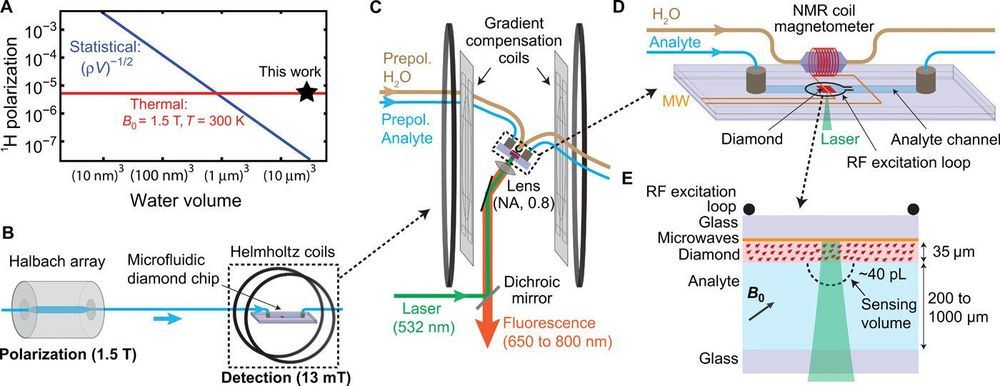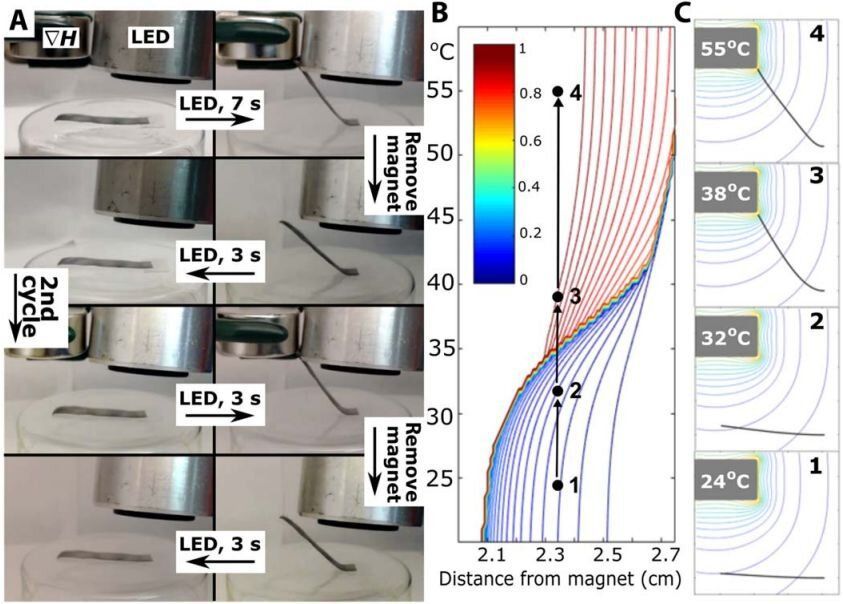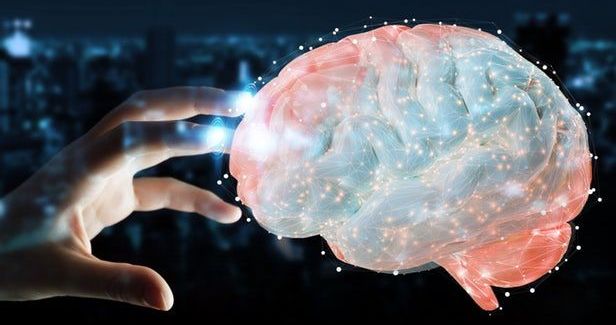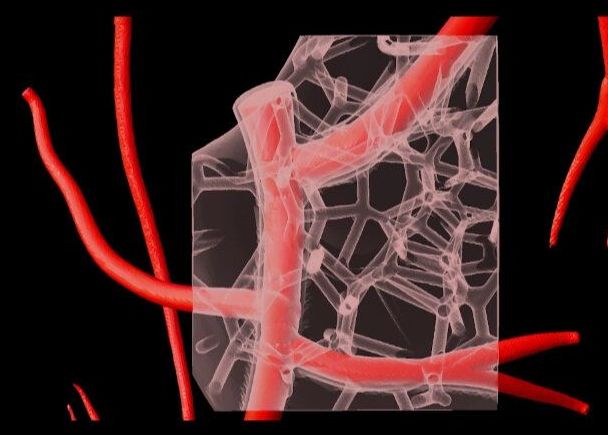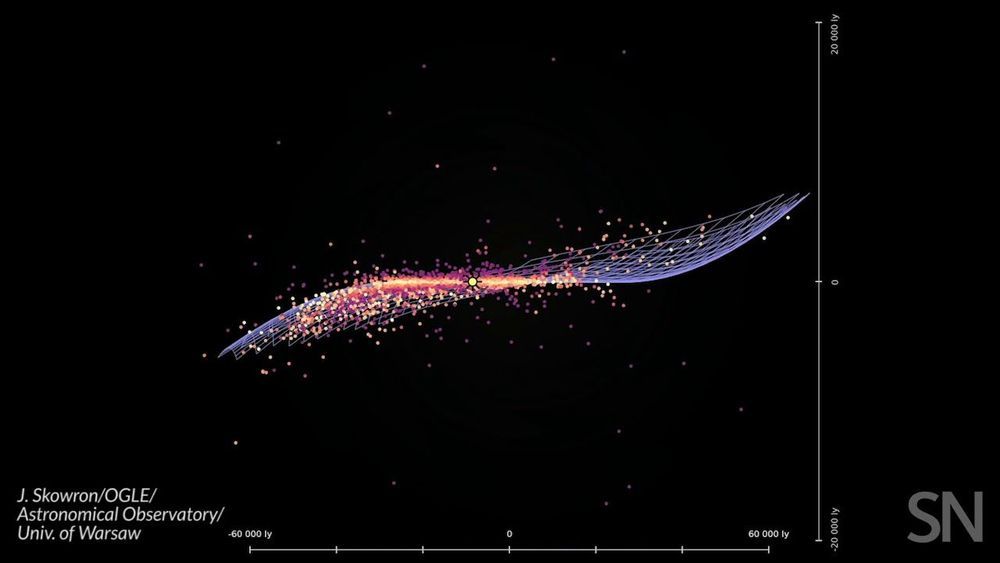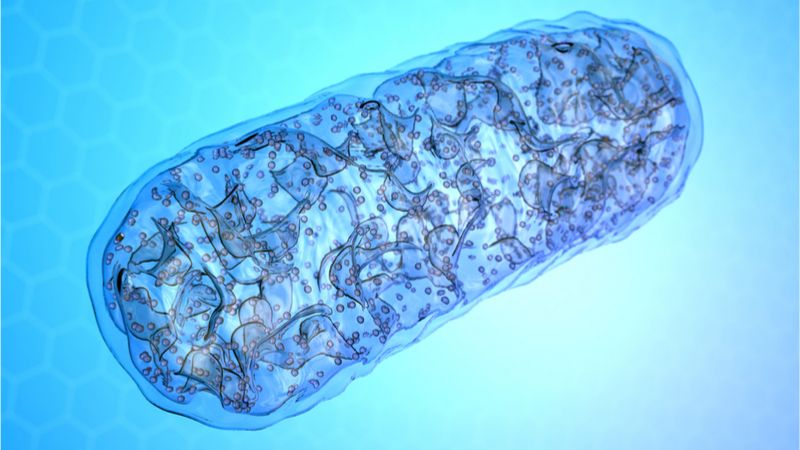When you pop a tray of water into the freezer, you get ice cubes. Now, researchers from the University of Colorado Boulder and the University of Toronto have achieved a similar transition using clouds of ultracold atoms.
In a study that will appear August 2 in the journal Science Advances, the team discovered that it could nudge these quantum materials to undergo transitions between “dynamical phases”—essentially, jumping between two states in which the atoms behave in completely different ways.
“This happens abruptly, and it resembles the phase transitions we see in systems like water becoming ice,” said study co-author Ana Maria Rey. “But unlike that tray of ice cubes in the freezer, these phases don’t exist in equilibrium. Instead, atoms are constantly shifting and evolving over time.”

